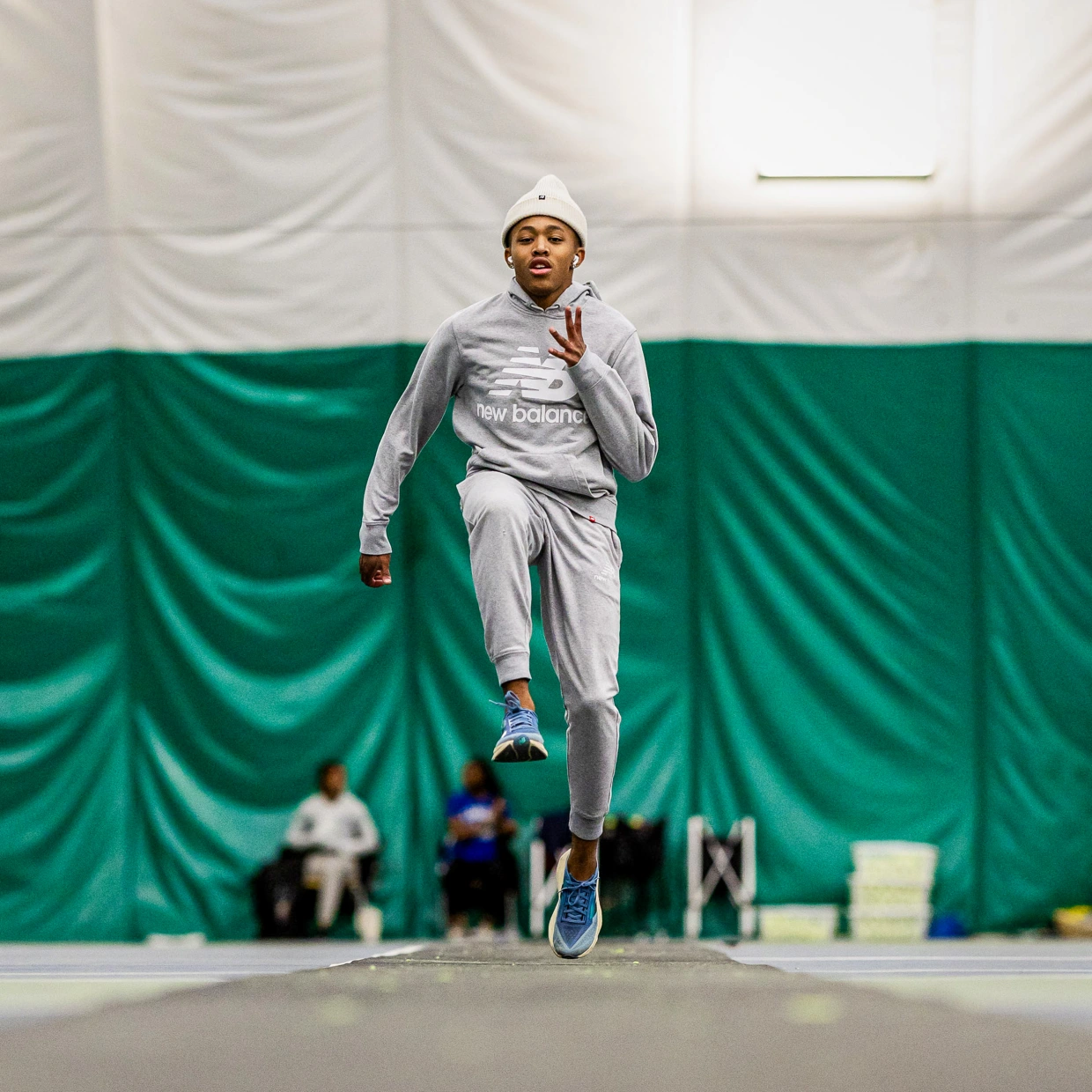Fencing at the Olympics is one of the fastest-moving sports in the Games, with lightning-quick reaction times and careful scoring required, but why are the athletes seemingly tethered in place with cords?
No, it is not to keep them from moving too far or falling off the platform. The reason behind wearing the cords is a lot more technically involved than mere protection.
According to Mental Floss, in the sport of fencing it is very difficult for judges to determine score just by watching, as touches occur in the blink of an eye.
The cords attached to the athletes actually contain a complicated electrical system to register touches, and are attached to the competitor's weapon.
Get top local stories in Connecticut delivered to you every morning. >Sign up for NBC Connecticut's News Headlines newsletter.
In epee fencing, the target is the entire body, but in foil and sabre, the touch areas are more limited, so the sensors can also pick up whether a touch occurred in a scoring area or not.
In addition to being connected to the weapon, the cords can also be attached to masks and to electrically-conductive jackets, ensuring that touches outside of the designated area of the body are not counted.
Paris 2024 Summer Olympics and Paralympics
Watch all the action from the Paris Olympic and Paralympic Games live on Peacock
Several fencing events remain to be decided in this year’s Olympics, including several team events in both the women’s and men’s competitions. Lee Kiefer of Team USA won her second gold medal of the Games Thursday and is now the most decorated women’s fencer in U.S. history, helping the Americans to their first-ever gold medal in the team foil event.




